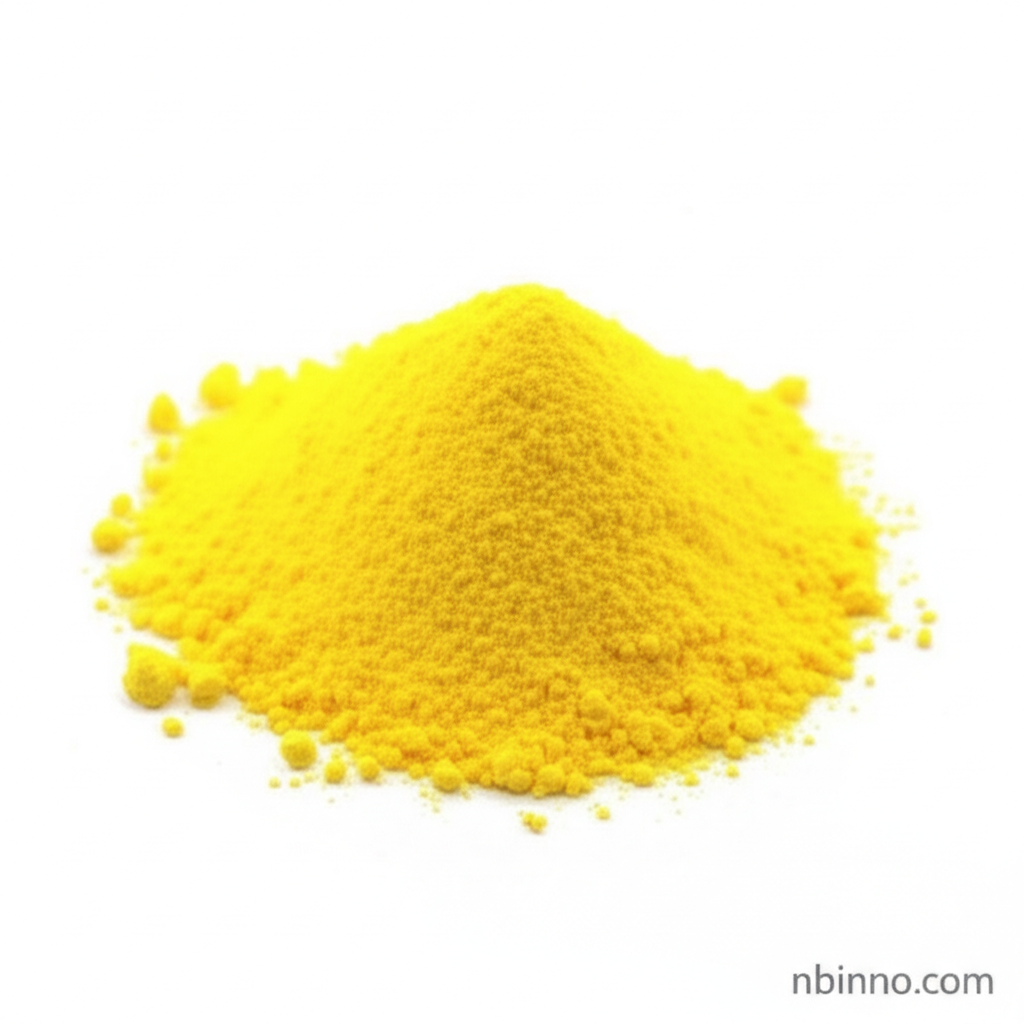1,4-Dibromo-2-nitrobenzene: A Versatile Intermediate for Organic Synthesis, Pharmaceuticals, and Agrochemicals
Explore the critical role of 1,4-Dibromo-2-nitrobenzene (CAS: 3460-18-2) as a key building block in diverse chemical industries. Discover its applications and why it's a preferred choice for manufacturers.
Get a Quote & SampleProduct Core Value

1,4-Dibromo-2-nitrobenzene
As a premier supplier in China, NINGBO INNO PHARMCHEM CO.,LTD. offers high-purity 1,4-Dibromo-2-nitrobenzene. This compound is indispensable for various chemical processes, serving as a crucial intermediate. Its unique molecular structure with bromine and nitro groups makes it highly reactive and adaptable for complex organic synthesis, contributing to the development of novel pharmaceuticals and advanced agrochemicals.
- As a vital intermediate for organic synthesis, 1,4-Dibromo-2-nitrobenzene enables the creation of more complex organic molecules.
- In the pharmaceutical sector, it transforms into active derivatives, playing a key role in medicinal chemistry for drug development.
- Its utility in agrochemicals, including pesticides and herbicides, is enhanced by improved stability and reactivity from its bromine atoms.
- We are a trusted manufacturer in China, ensuring consistent quality and reliable supply for your critical projects.
Advantages of Using 1,4-Dibromo-2-nitrobenzene
Versatile Reactivity
The presence of bromine and nitro functional groups allows for diverse substitution reactions, making it an excellent building block in 1,4-Dibromo-2-nitrobenzene organic synthesis.
Pharmaceutical Applications
It serves as a key intermediate for pharmaceutical synthesis, contributing to the development of new drug candidates in medicinal chemistry.
Agrochemical Enhancement
The compound boosts the efficacy of agrochemicals, such as pesticides and herbicides, due to its enhanced stability and reactivity.
Key Applications
Organic Synthesis
A foundational component in creating complex organic molecules, crucial for advancing research and development in various chemical fields.
Pharmaceuticals
Essential for synthesizing active pharmaceutical ingredients (APIs) and developing new therapeutic agents for better healthcare outcomes.
Agrochemicals
Used in the production of pesticides and herbicides, contributing to crop protection and agricultural productivity.
Dyestuffs
Employed in the manufacturing of dyes and pigments, leveraging its ability to form stable colored compounds with desirable properties.
